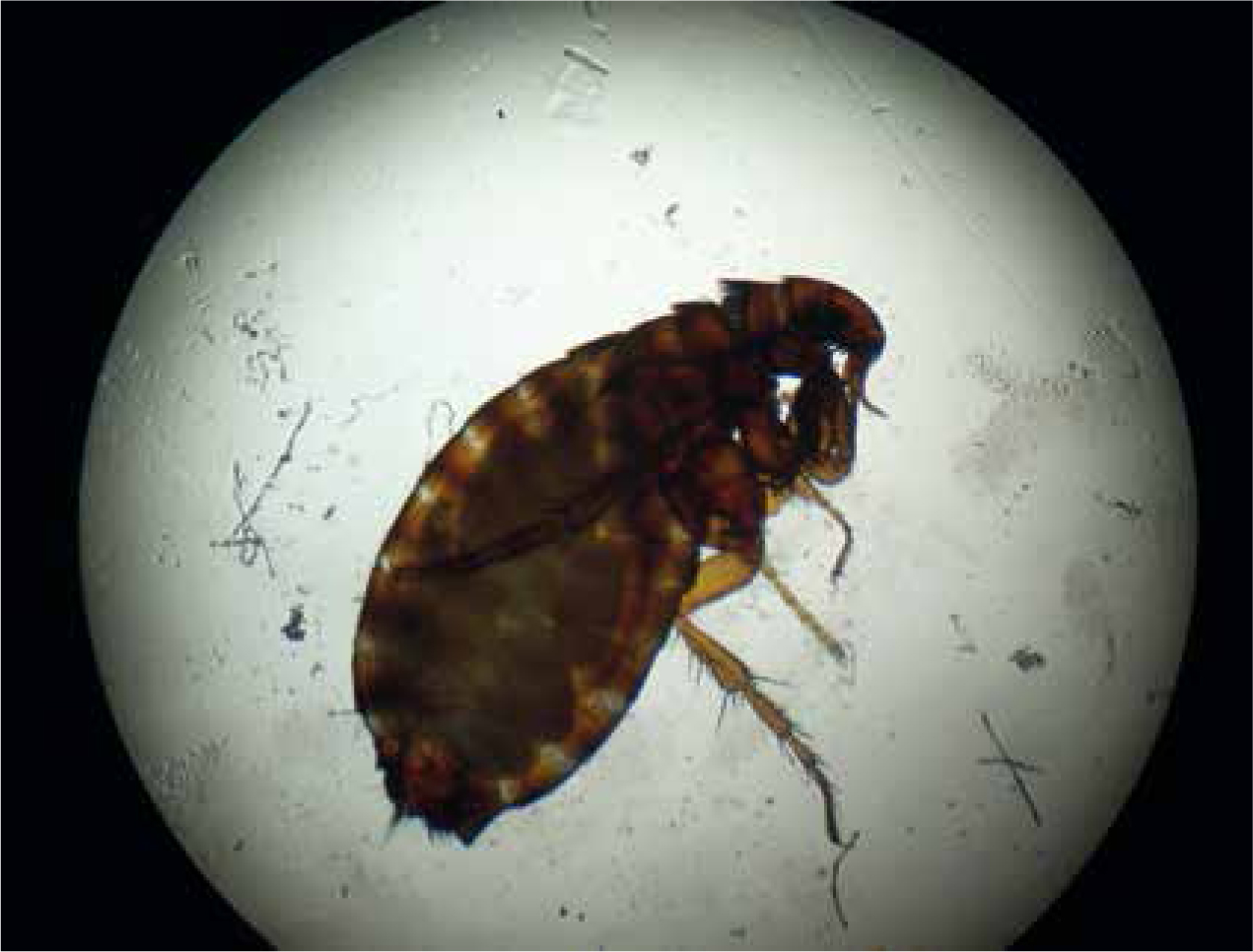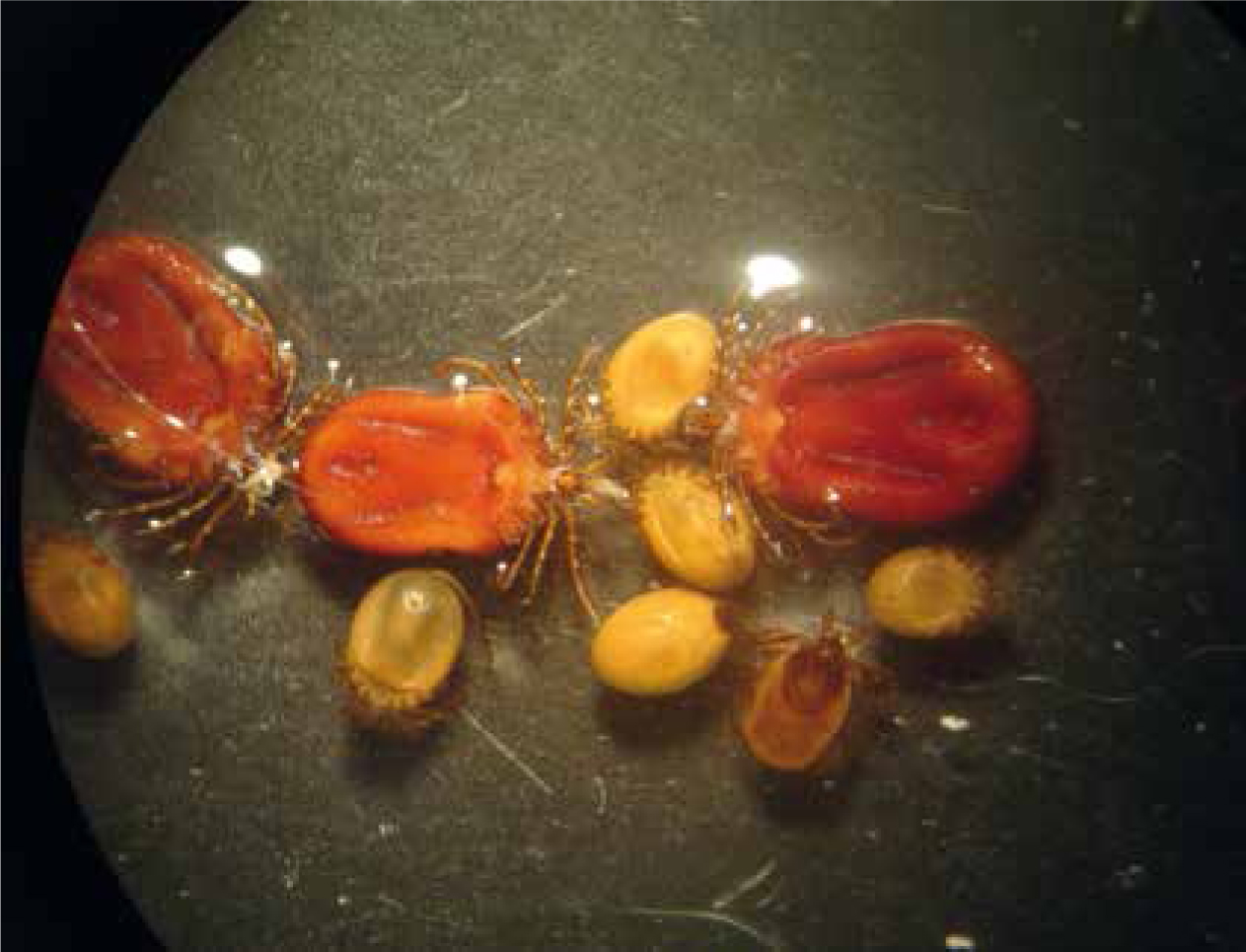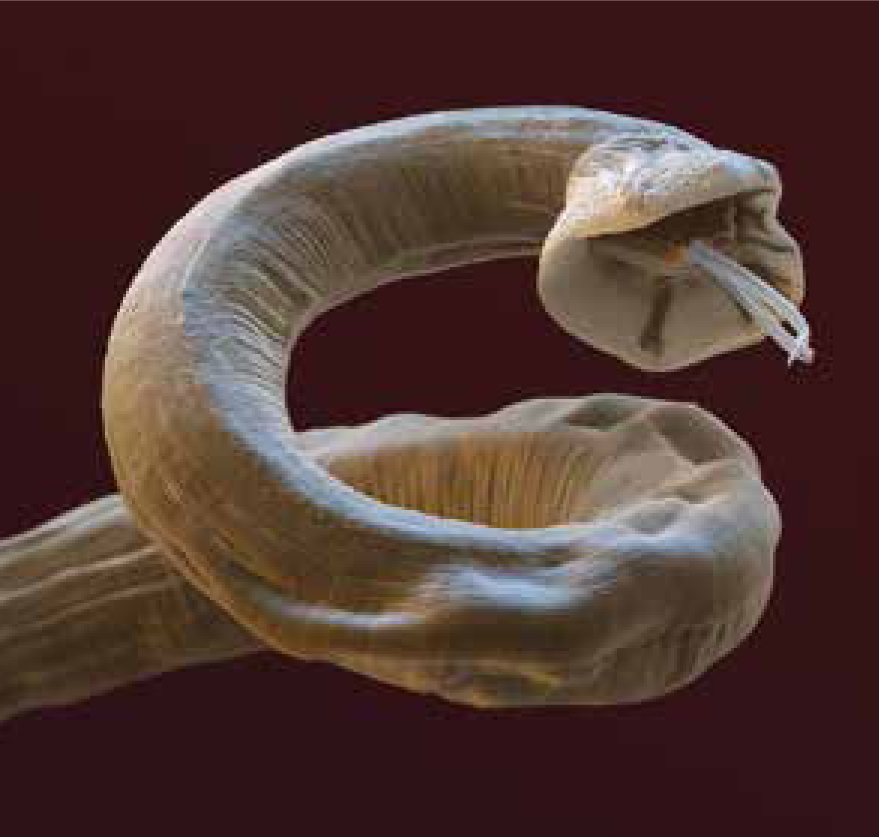Having a pet cat or dog in the home brings many psychological and physical health benefits. These pets, however, can carry many ectoparasites, worms and protozoa that require treatment and control to maintain pet health and reduce zoonotic risk. This need has driven the development of a wide range of drugs and treatment options for use as parasiticides in cats and dogs. These will be licensed with a high margin of safety when used individually, but with new parasites being introduced to the UK, more pets travelling abroad and widening distributions of already established parasites, there is an increasing need to use drugs in combination. This article considers the commonly used parasiticides in cats and dogs and which are safe to use in combination.
The difference between data, no data and contraindication
When considering whether to use more than one drug in combination, safety should be the primary consideration. The safety of a product when used in combination may be specified in a data sheet. This implies that studies have been carried out and data assessed, actively demonstrating that these compounds may be used safely in combination with the drug in question. At the opposite end of the spectrum, the combination of some products with specific drugs may be contraindicated, indicating that there are data to suggest their use in combination is less safe than if used alone. In most cases, however, there will be no data either way and in these cases, a judgement call must be made by the veterinary surgeon as to the benefits of using these drugs in combination when their safety has not been established.
Anthelmintics, ectoparasiticides and endectocides
Parasiticides can be split broadly into three categories:
Anthelmintics
Praziquantel
Praziquantel is effective against both adult and juvenile stages of tapeworms (Day et al, 1992). It is available in a wide variety of licensed products, often in combination with other parasiticides. The primary effects of praziquantel are tetanic contractions of the parasitic musculature and an intense irreversible focal vacuolisation and disintegration of the worm's integument (outer body surface). Praziquantel has high safety margins, even in young animals (Tüzer et al, 2010). It has high efficacy against the dog tapeworm Echinococcus species and remains the compulsory treatment (along with epsiprantel) before return to the UK on the Pet Travel Scheme (PETS), as well as the treatment of choice where routine chemical prophylaxis against echinococcosis is required. Reportedly (Webster et al, 2003) in humans, synergistic activity occurs with praziquantel and oxamniquine in the treatment of human schistosomiasis caused by schistosome flukes. The clinical implications of this synergism in veterinary patients to date has not been investigated. No other adverse drug reactions with other parasiticides have been identified.
Tetrahydropyrimidines
Pyrantel and oxantel are active against larval and adult forms of nematodes. They are cholinergic agonists and cause parasite death through spastic paralysis (Martin et al, 2004). They have a synergistic effect when combined with febantel and this is utilised in many oral formulations licensed for use in dogs. Adverse reactions can occur when used in combination with cholinesterase inhibitors such as imidocarb. Deworming with pyrantel or oxantel should be avoided while using this compound to treat babesiosis, or imidocarb's anticholiesterase activty may be exacerbated leading to increased salivation, vomiting and restlessness. Concurrent use with piperazine should also be avoided.
Benzimadazoles
These are broad-spectrum nematocidal agents with some efficacy against Taenia spp. tapeworms and high safety margins in cats and dogs. Examples are fenbendazole, febantel and flubendazole. These chemical compounds bind to the nematode β-tubulin subunit, leading to disintegration of the hypodermis, muscle layer and intestine, causing parasite death and expulsion. There are no known significant drug interactions with other parasiticides used in companion animal medicine.
Emodepside
Emodepside is a semisynthetic derivative of the fermentation product PF1022A from the fungus Mycelia sterilia (Epe and Kaminsky, 2013). It is effective against a wide range of intestinal nematodes and lungworms and is licensed for use in cats. It acts by inhibition of pharyngeal pumping leading to parasite paralysis and death. It is very safe for use in cats but should not be handled by pregnant women. This is because, although the product was well tolerated by pregnant cats, studies performed in rats and rabbits suggest that emodepside may interfere with embryo-fetal development. There are no recognised interactions with other parasiticides, but the possibility of interactions with p glycoproteins has been raised and therefore care should be taken if being used routinely while patients are on erythromycin which is commonly used to treat Campylobacter infections in cats.
Ectoparasiticdes
Fipronil
Fipronil is used in many parasiticide spray and spot on formulations for the treatment of ectoparasites, particularly fleas (Figure 1). It interacts with ligand-gated (gamma-aminobutyric acid (GABA)) chloride channels, blocking transfer of chloride ions, resulting in parasite death (Cole et al, 1993, Narahashi et al, 2010). Fipronil has high safety margins in cats and dogs but should not be used in rabbits. It is safe when used in combination with other parasiticides, and a synergistic effect has been documented when used in combination with amitraz or permethrin. Its efficacy is affected when used in combination with sebum-stripping shampoos, however, so this should be considered when these are used routinely or in dermatological cases.

Imidacloprid
Imidacloprid is also used in a wide range of flea treatment spot on solutions and now a slow-release collar. It acts by binding to post-synaptic nicotinic receptors resulting in paralysis and death (Beugnet and Franc, 2012; Stanneck et al, 2012). Imidacloprid has a high safety margin in cats, dogs and rabbits and has no significant drug interactions with other parasiticides. Its efficacy may also be affected by sebum-stripping shampoos in a similar way to fipronil.
Isoxazolines
Isoxazolines are highly efficacious against fleas, ticks (Figure 2) and mites and available as spot on and tablet formulations. They are competitive GABA receptor antagonists, with higher selectivity for GABA receptors in insects or ticks than for those in mammals. They bind to chloride channels in nerve and muscle cells, leading to parasite paralysis and death. They are very safe compounds in cats and dogs and there are no known drug interactions with other veterinary products.

Pyrethroids
The pyrethroids permethrin and deltamethrin are contained in products licensed for fly repellency and tick treatment in dogs. Flumethrin is in a tick treatment and prevention collar (Seresto, Bayer plc) licensed for use in cats and dogs. Pyrethroids are highly efficacious against ticks and are vital for preventing exposure of cats and dogs to Leishmania infantum via sand fly bites in endemic countries. Licensed products are safe at therapeutic doses, but cats do not tolerate therapeutic doses for dogs (Linnett, 2008). This is associated with cats being deficient in glucuronidase, the enzyme responsible for breaking down permethrin and other synthetic pyrethroids in the organism in a process called glucuronidation. As a result, permethrin and deltamethrin are toxic to cats but flumethrin in the slow–release collar Seresto is safe. Pyrethroid overdose will lead to adverse neurological signs including ataxia, hyperaesthesia, muscle tremors, paraesthesia and hypersalivation. Products containing pyrethroids should therefore never be used in combination but are safe to use in combination with parasiticides from other classes. Efficacy may also be affected by sebum-stripping shampoos and prolonged/frequent swimming.
Endectocides — macrocyclic lactones
Macrocyclic lactones (MLs) fall into two broad sub-categories, the avermectins (such as eprinomectin, ivermectin and selamectin) and milbemycins (such as moxidectin and milbemycin oxime). These compounds can act against nematodes and ectoparasites by acting on glutamate- and GABA-receptor-mediated chloride channels, which are found in both nematodes as well as some ectoparasites. MLs remain vital as preventative treatments for filaroid worms such as heartworm (Dirofilaria immitis), Angiostrongylus vasorum (Figure 3) and Dirofilaria repens. Ivermectin is not licensed for use in cat and dogs in the UK, but is sometimes used off-licence to treat demodicosis in cats and dogs where other, licensed, treatments are contraindicated. It should not be used in collie breeds however, which have a mutation in the MDR-1 gene, leading to build-up of the drug in the central nervous system, which can be fatal. Many MLs are licensed for use in cats and dogs though, including collies, and are safe at therapeutic doses. Overdose can lead to transient neurological side effects such as mydriasis, salivation, vomiting and rapid respiration, especially in cats. Combinations of MLs should therefore not be used. The exception to this rule is selamectin (Stronghold, Zoetis), which may be used safely in combination with milbemycin/praziquantel combination products and is licensed for this combination use. Products containing moxidectin and milbemycin are sometimes used by veterinary surgeons in the UK offlicence in dogs, but there are no large scale safety studies to support their use in combination and until such studies are performed they should not be used together. They may be used in combination with other parasiticides, however, where there are no known drug interactions.

Future concerns and conclusion
Despite the major strides that have been achieved in the management of parasite infections in companion animals, parasitic infections remain a serious cause of morbidity and mortality in dogs and cats. Parasiticides have been the mainstay of efforts to treat and prevent many ectoparasite and endoparasite infections. However, lack of knowledge and unpredictable outcomes of parasiticide treatment in some animals can be associated with fatal consequences. Therefore, veterinary professionals are urged to be vigilant about the potential side effects of some of the currently used parasiticides and to monitor their patients for potential adverse reactions, especially in patients that are taking drug combinations. Research and field studies are required to identify the therapeutic parasiticide classes most frequently associated with adverse drug reactions and to address how such adverse effects can be prevented.

